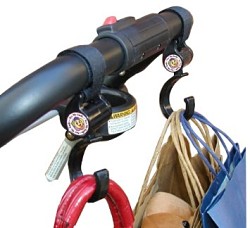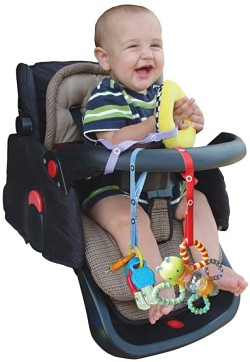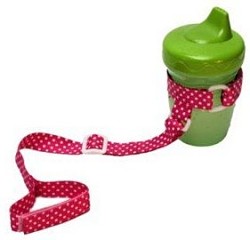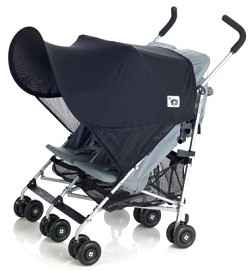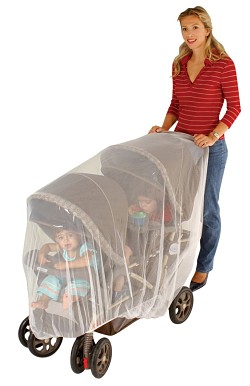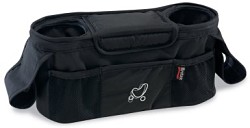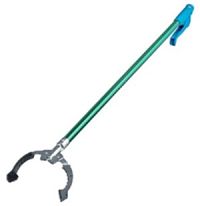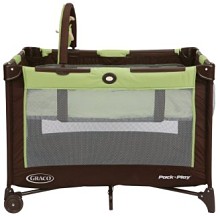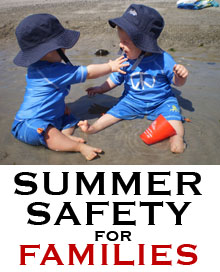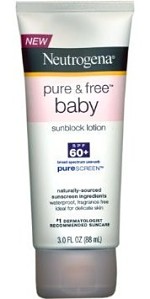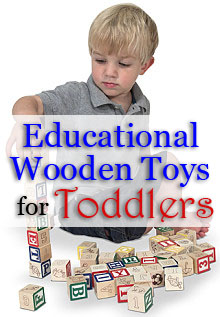 We live in a modern world, one in which many cherished traditions are left behind. And while I love all of our musical, flashy, attention-keeping toys as much as the next parent, there’s something to be said for the classics. I’m talking about solid wood. The simpler, sturdier toys of our own childhoods are hard to find these days. And for my little ones, I want more than just a toy, I want something that’s educational.
We live in a modern world, one in which many cherished traditions are left behind. And while I love all of our musical, flashy, attention-keeping toys as much as the next parent, there’s something to be said for the classics. I’m talking about solid wood. The simpler, sturdier toys of our own childhoods are hard to find these days. And for my little ones, I want more than just a toy, I want something that’s educational.
Wooden Blocks for Toddlers
Nothing represents the classic child’s toy better than wooden blocks. Now I love the plastic blocks for toddlers, of course. They’re a staple of our play time every day. But wooden blocks bring a certain nostalgia and have limitless potential for entertainment. With letters and numbers, wooden blocks also become an educational toy.
The best all-around wooden blocks for toddlers that I’ve seen are the ABC-123 Wooden Blocks by Melissa & Doug. They feature:
- 50 hand-painted, traditionally styled wooden blocks
- Solid wood with colorful pictures, letters, and numbers
- Use for stacking, sorting, and matching
Toddler Block Activities
Here are some ideas from Melissa & Doug and yours truly on how you can encourage your toddler to play and learn with blocks.
- Tall stacks. Build a tower as tall as you can, counting each block as it’s added.
- Copy me. You build a shape with some blocks, and have your toddler copy it.
- Picture this. Give your toddler a block, and ask him/her to find a certain image on it. Good for vocab!
- First letter. You point to the picture, and ask your toddler what letter the word starts with
- Spelling practice. Have your toddler spell simple words and his/her name.

Shape sorter (Melissa & Doug)
Shape Sorting Toddler Toys
Another important developmental skill (according to our pediatrician, who’s very tuned in to these things) is shape sorting and recognition. This exercise screams for an educational wooden toy like the Shape Sorting Cube by Melissa & Doug.
Why? Because it feels like a serious game, and makes a satisfying clunk when your child drops a shape piece through the correct hole. This one includes twelve unique shapes (square, triangle, circle, clover, trapezoid, oval, diamond, octagon, star, and others) and a lid that your toddler can lift up to dump them out and play again.

Plan Toy sorting board
Another option is the award-winning Plan Toy Geometric Sorting Board. This has four colorful geometric shapes that can be stacked together based on the number of holes in each one. Circles have one hole, rectangles two, triangles three, squares four. The pegboard is about 7″ wide.
What I like about this board is that, like the shape sorting cube, it’s a problem solving toy. The holes are also just the right size for a toddler’s finger, so they have fun playing with the colorful shapes themselves.
Engaging Educational Toys

M&D Caterpillar Gears
We recently took a family vacation “up north” and rented a house on a small lake. One of the reasons we love this house is that it’s intended for families with small children: reasonably babyproof and with plenty of toys included. One of our favorite toys was a sort of gear works: a flat board with several drilled holes, into which you could plug a bunch of round gears. There was a crank handle that fit on top of any gear, so once you had them all set up (interlocking), you crank one gear and they all turn.
Turns out, there’s a very similar (and inexpensive) toy called the Caterpillar Gears by Melissa & Doug. The base is a wooden, curvy caterpillar (with legs painted on) and when you plug in the hard plastic composite gears, you can turn any one of them to make all of them spin, causing the caterpillar to “move”. You don’t need a crank, which I like, because the small crank piece at the lakehouse was often missing.
You can rearrange the gears, a process that toddlers seem to enjoy. They’re colorful and chunky and rather easy to plug in.

Plan Toy Punch & Drop
Another option for an engaging educational toy is the Plan Toy Punch & Drop. Your toddler hammers round balls through the holes in the top; once they go in they roll back to the ball return. A wooden box, three balls, and pounding mallet are included. Notice how the natural wood box is dovetailed; that speaks to handmade, quality craftsmanship.
This hammering practice is useful because it helps your toddler practice aim and hand-eye coordination (just make sure they don’t start hammering on their siblings with it). The great part about this toy is that it’s self-renewing: any time a ball is hammered through, it comes out the ball return. Thus your toddler entertains himself or herself for a while, giving you a few minutes to yourself.
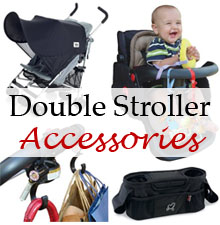 When you’re raising twins, the double stroller is more than just another piece of baby gear. It’s your mobile base camp and center of operations. Any time that we plan an outing, from a walk around the block to a seven-day road trip, choosing the right stroller is the first and most important decision. Tandem or double-wide? Do we need a cupholder? How much storage?
When you’re raising twins, the double stroller is more than just another piece of baby gear. It’s your mobile base camp and center of operations. Any time that we plan an outing, from a walk around the block to a seven-day road trip, choosing the right stroller is the first and most important decision. Tandem or double-wide? Do we need a cupholder? How much storage?
